Running a travel-related business today is not as simple as hiring guides, designing itineraries, and delivering exceptional guest experiences. Beneath all of this is also a need to address the greater impacts caused and exacerbated by tourism — issues like the climate crisis, biodiversity collapse, gentrification, and cultural commodification.
Many travel companies are sincere about building companies that turn a profit and benefit the greater good. They want to create more sustainable products and services. And, they don’t want to contribute more carbon emissions and resource waste into an increasingly warming and volatile world. (Whether they’re actually succeeding in doing this is an entirely different story.)
This reality is bumping up against another important consideration: Consumers are more aware than ever that they have a choice. They have the power to support companies that align with their socially and environmentally aligned ethos. Additionally, they can speak out against those companies they feel abuse their power and intentionally do harm — or even those companies they believe are too passive and choose to do nothing. (Of course, there is a paradox here as well; the well-documented knowledge-action gap tells us awareness does not necessarily result in action.)
This leaves the tourism industry with a two-pronged quandary from a communications standpoint: First, travel companies must evolve or be created in a way that prioritizes the environment and local people while also being profitable. And, secondly, they must communicate their commitments and efforts to potential clients in order to demonstrate this prioritization.
And this is where tourism marketing begins to unravel, and one of the most challenging communication problems facing tourism professionals today surfaces.
In an attempt to explain what their sustainability and climate actions are, businesses across the tourism spectrum ranging from small, private accommodations to multi-national tour operators and expansive destination management organizations (DMOs) lean into jargon and buzzwords. They stuff their client communications with words and phrases that sound like they’re on the right side of business. They pepper their websites with stats and accolades that “prove” they’re doing the work.
Unfortunately, despite the efforts many travel-related businesses take and the good work they do, this kind of communication often misses the mark.
Why the Tourism Industry Uses Jargon and Buzzwords
Sustainability. Regeneration. Certified. Carbon emissions. Net zero. Nature positive.
If reading that first line made you feel exhausted and overwhelmed, you’re not alone. Even if you dabble in these issues through your professional work, trying to make sense of — and communicate — complicated topics squeezed into a couple of words is difficult. And yet, the tourism ecosystem at large keeps embracing and using this kind of terminology.
Understandably, there are a lot of reasons why that’s the case.
Transparency is Top of Mind for Tourism Companies.
There is incredible pressure to be transparent about climate commitments and actions companies are taking to ensure they do minimal harm while maximizing their positive contributions. This expectation is appropriate. Assuming they are actually taking action to address environmental and social concerns, companies must do something to respond. That “something” is often spewing the laundry list of actions via common sustainability-related jargon.
Travel Companies and Destinations Want to Attract the “Right” Traveler
It’s important to clearly target communications so that potential travelers are well aligned with what a company has to offer. A lack of alignment can result in unprepared guests, disappointing experiences, unequal power dynamics, bad reviews, and, quite frankly, a lack of interest and sales.
And so, to attract sustainably minded travelers, companies double-down on their sustainability-related language.
Being a Responsible Travel Company is Good Business and Expected by Consumers
While it might seem counter-intuitive to focus on things like carbon reduction at the (assumed) expense of a greater profit margin, the truth is that operating an environmentally and socially responsible business has many benefits.
If time, effort, and expense are used to do good, why not share those efforts with the world? After all, as noted, there is a growing expectation by consumers that companies stand for something bigger than themselves. As a result, tourism companies and destinations of all sizes reveal the nitty-gritty of their efforts with the world, often using a full spectrum of buzzwords.
Why You Should Reconsider Using Travel Jargon and Buzzwords in Tourism Marketing and Communications
At conferences and in meetings, across websites and social media sites, travel entities of all shapes and sizes generously use terminology and phrases reflecting a wide breadth of sustainability action.
To be sure, the tourism industry should be sharing their commitments and actions with potential clients and travelers, partners, and colleagues. However, there is a great need to scale back the usage of jargon and buzzwords — and lots of good reasons to do so.
Complicated Sustainability Terminology Often Lacks a Shared Understanding
Ask a dozen people what “eco-friendly” or “net zero” mean, and chances are you’ll receive a dozen different definitions. Issues related to the climate, carbon, social equality, resource usage, and biodiversity can not be easily explained with a word or two.
These are complex issues that often require some background knowledge for thorough understanding. And, what these terms fully encapsulate is only known with proper context — this is true even for the word “sustainability.” This means that, in using these terms, what you intend to communicate might not be properly understood by those receiving the message.
Undefined Sustainability Terminology Opens the Door to Greenwashing
The specific definition of many words is not widely known or understood in a consistent way across a particular ecosystem. For example, “net zero emissions” (or “net zero”) refers to achieving an overall balance between greenhouse gas emissions produced and greenhouse gas emissions taken out of the atmosphere, according to the Climate Council. This is very specific. While this is something that can be measured, in the tourism context, there is disagreement about whether calculated emissions should include travelers’ transportation and/or emissions created through the supply chain by partners.
On the other hand, some terms, like “eco-friendly,” have no clear definition at all. This means there isn’t a way to determine whether a product or service actually is eco-friendly.
In both cases, using buzzwords that are open to interpretation leaves travel companies open to greenwashing — whether intentionally or not. Unfortunately, when it comes to greenwashing, it is not the accused company or destination that gets to control the narrative.
Focusing on Words Loses Sight of What’s Most Important: Action
It is important for companies to be able to communicate about their sustainability initiatives. However, focusing on getting the language right may take away from the need to actually take action. At the end of the day, it is the actual reduction of carbon emissions, initiatives that minimize resource extraction, and efforts that keep financial resources in communities that matter — not simply stating that’s what a company intends to do.
This action doesn’t stop at companies: Spending too much time finessing language can make it challenging for travelers to understand what they can do to take action. And kicking around criticisms about terminology also distracts from urgent, cohesive action needed at the industry level.
What To Do Instead of Leaning on Jargon and Buzzwords When Communicating About Sustainability in Tourism
Here, then, is the crux of the challenge: If your tourism business or destination is legitimately putting sustainable or regenerative practices to work, setting and measuring carbon-reduction goals, and initiating projects that prioritize people and the planet, then you should be communicating those things.
However, there are ways to communicate these efforts without leaning too heavily on trendy buzzwords.
Instead of Saying Your Company is Sustainable, Show What That Looks Like
What does sustainability actually mean for your company? Instead of simply stating that you have a “sustainable supply chain,” for example, specifically explain what you are doing, how you are creating relationships, and who you are working with.
For example: Instead of a blanket statement that “travelers stay in sustainable accommodations,” get specific about what this means: “We work with Jack and Jill, the third generation to operate the family-owned accommodation where our guests stay. About 90% of the food served in the dining room is grown on the property or bought from other local growers in the town.”
Reinforce this messaging in a clear, simple way. This not only reinforces your company’s multi-faceted commitments (after all, sustainability cuts across multiple aspects of a business’s operations), but it also sets up proper expectations for what travelers can expect to experience.
Use Stories, Not Statistics, to Communicate Impact
Sustainability loves statistics — amount of carbon emissions, percentage of waste reduced, etc. — but people are drawn to stories. The human brain is wired to love a good narrative. Think about how you can tell stories about impact that have characters, conflict, and action. How can you use story to connect travelers to innate human emotions like love and safety, and desires and interests like belonging, self-confidence, and learning?
Quantifying your efforts is important, because you can’t mitigate what you can’t measure. However, it’s up to you to find a way to bring those numbers to life in a way that makes sense to the average person: How many trees did you plant, and how much space does that take up in comparison to something people know and recognize? How many women are employed? How many youth didn’t move to the city because they’re now working in hospitality in their home community? What are they doing now? How many gallons of water did the rainwater catchment system save, and what is something relatable that can be compared to?
Explain How Travelers Can Be Part of the Solution
When it comes to sustainability, you don’t have to do all the heavy lifting alone. In fact, it’s better if you don’t; people are more invested in your efforts when they are involved in them and the ripple effects of collective action can be cataclysmic. Help travelers become part of the solution (rather than contributing to the problems accelerated by tourism) by explaining what they can do to support marginalized communities, protect nature, minimize resource extraction, advocate for accessibility, etc. In other words, invite your clients, partners, and colleagues to be part of your sustainability story.
Importantly, use language that empowers people rather than makes them feel small. When people feel like their freedom is under threat, they may deny that negative impacts even exist. Instead of sacrifice and restriction, emphasize the joys and benefits of taking action.
Communicate the Sustainability Story About Your Tourism Company in a Compelling Way with Other Storytellers
Take advantage of other people’s storytelling skills by openly sharing your sustainability-related work with them. Travel journalists, travel content creators, and other strong communicators can help your team both better define and refine your story and share it more widely with others.
Put effort into creating an online media room that accurately communicates your initiatives. Keep it updated, and respond to inquiries in a timely manner. If you host press trips or creators, be selective and intentional in establishing relationships with those people who take the time to understand your vision and story, and who can share it in a way that appropriately and responsibly represents your company or destination.



